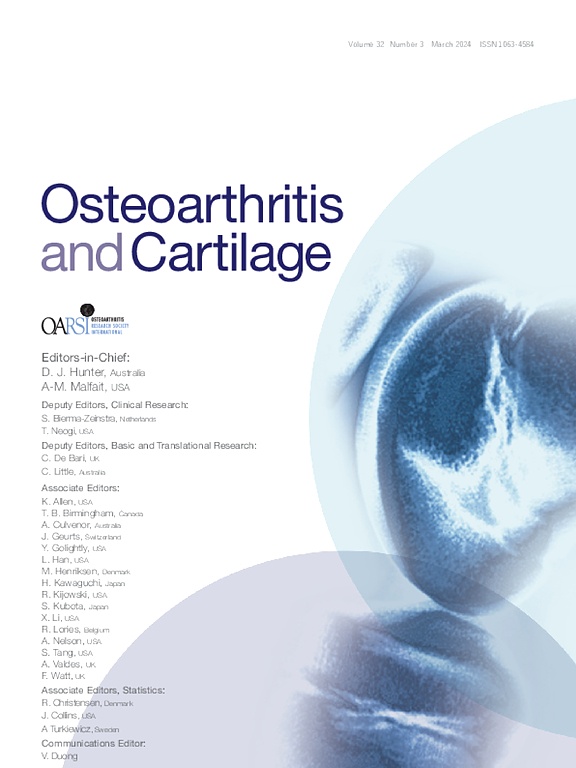
Glucosamine sulphate for 12 months reduces relative risk of TJR at a 5 year follow-up

Glucosamine sulphate for 12 months reduces relative risk of TJR at a 5 year follow-up
Total joint replacement after glucosamine sulphate treatment in knee osteoarthritis: Results of a mean 8-year observation of patients from two previous 3-year, randomised, placebo-controlled trials
Osteoarthritis Cartilage. 2008 Feb;16(2):254-60Did you know you're eligible to earn 0.5 CME credits for reading this report? Click Here
Synopsis
275 patients were compiled from two initial studies that lasted 3 years to assess the effectiveness of glucosamine sulphate treatment in osteoarthritis (OA). This retrospective study included patients who had undergone treatment with placebo or glucosamine sulphate, 1500 mg once daily, between 12 and 36 months. Patients were followed-up 5 years following the cessation of the original study to dete...
To view the full content, login to your account,
or start your 30-day FREE Trial today.
FREE TRIAL
LOGIN
Forgot Password?
Explore some of our unlocked ACE Reports below!

Learn about our AI Driven
High Impact Search Feature
Our AI driven High Impact metric calculates the impact an article will have by considering both the publishing journal and the content of the article itself. Built using the latest advances in natural language processing, OE High Impact predicts an article’s future number of citations better than impact factor alone.
Continue



 LOGIN
LOGIN

Join the Conversation
Please Login or Join to leave comments.